

SUSTAINABILITY REPORT 2024
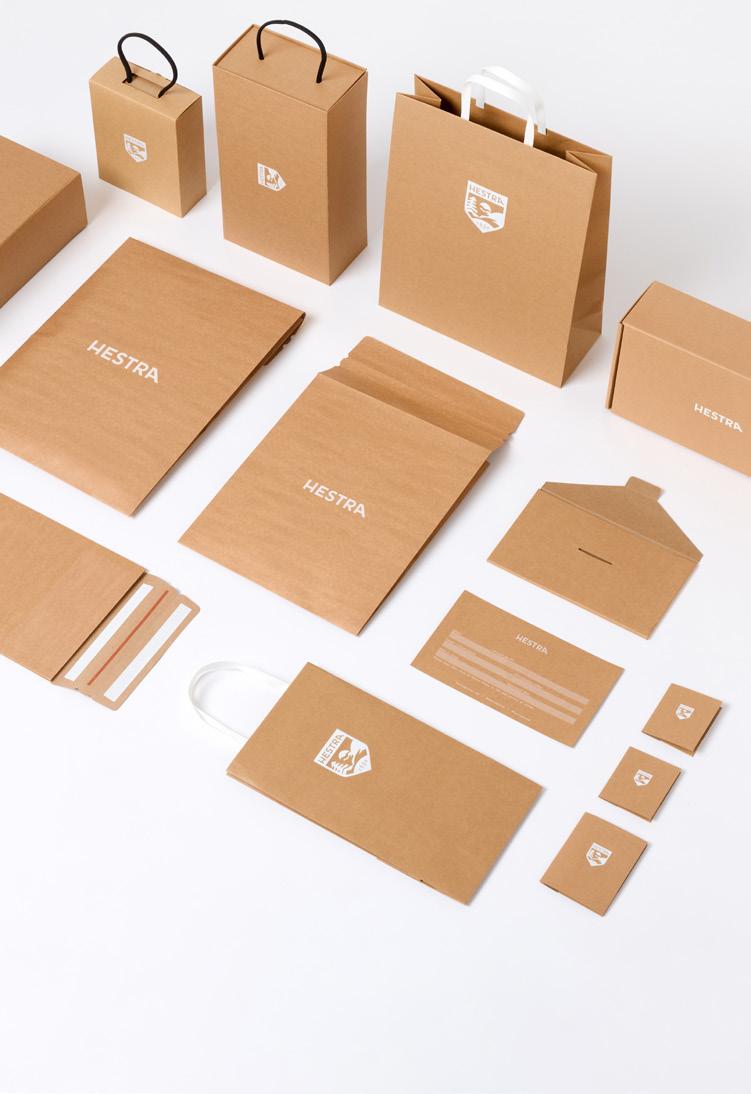
As one of the leading packaging companies in Scandinavia, we push the boundaries of what is expected of a production partner. We have a long history of successful partnerships with well-known brands in various industries. By working with manufacturers who share our philosophy of innovation, quality and environmental responsibility, we lead the way in sustainable production and create added value for you as a customer.

HISTORY

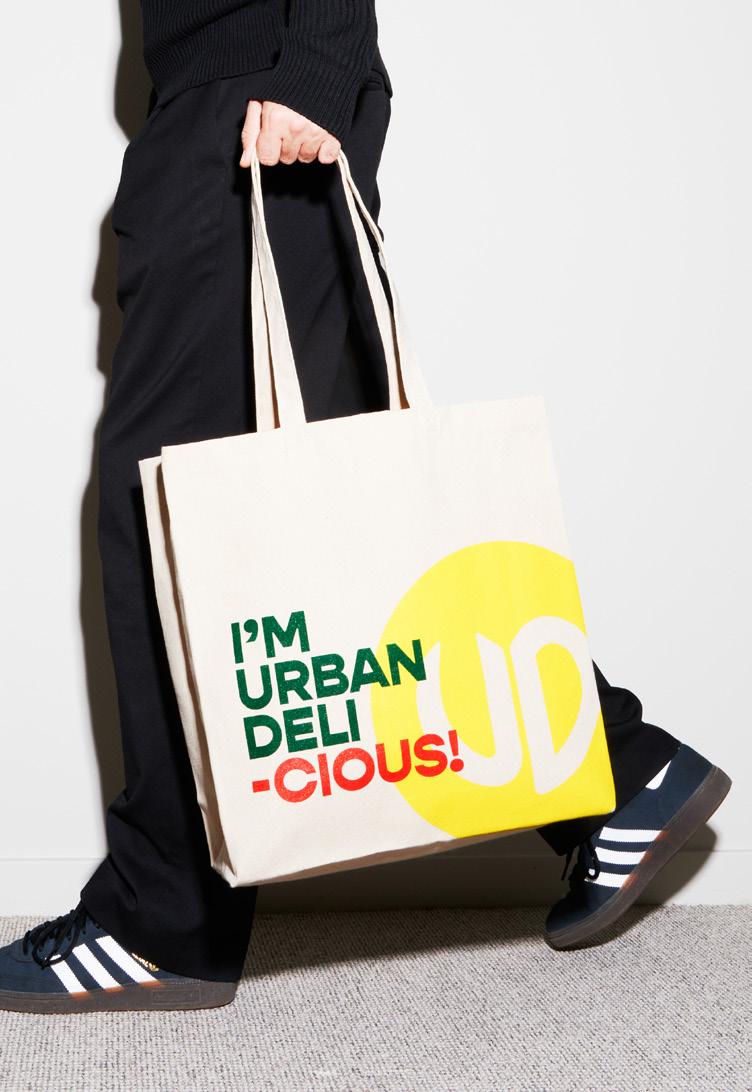
PACKAGING YEAR 2024
The year 2024 brought significant changes in sustainability legislation and environmental regulations. The EU tightened traceability and reporting requirements, driving demand for sustainability data and FSC-certified products. At the same time, Swedish municipalities took over responsibility for packaging collection, and the plastic bag tax was abolished.
CSRD and ESRS – new sustainability reporting requirements
In the coming years, the Corporate Sustainability Reporting Directive (CSRD)1 will be introduced, requiring mandatory sustainability reporting for many companies operating in the EU. Avisera is not directly affected by the Directive, but many of our customers may be.
With CSRD, the demand for transparency and sustainability data is increasing. To support our customers in this regard, Avisera has already started work on developing a system that ensures access to the traceability and sustainability data needed to meet reporting requirements.
EU Deforestation Regulation tightens traceability requirements
The EU Deforestation Regulation (EUDR)2 is a new piece of legislation that aims to combat global deforestation by imposing stricter requirements on companies importing or selling certain raw materials within the EU. The regulation covers wood, paper, coffee, soy and palm oil, among others, and requires companies to ensure that these products have not contributed to deforestation or forest degradation.
In order to comply, companies must conduct a comprehensive due diligence process, where the supply chain is mapped and documented. This includes geographical traceability and verification of product origin to ensure that goods are legally produced and not linked to deforestation. The regulation aims to strengthen environmental action and reduce the EU's impact on climate change and biodiversity loss.
The EUDR was due to come into force on 30 December 2024.
Municipal responsibility for packaging collection and producer responsibility
On 1 January 2024, responsibility for the collection of packaging waste in Sweden was transferred from producers to municipalities. The aim of the change is to make recycling more efficient and increase recycling. Since the transition, collection fees have increased significantly and, according to forecasts by the NPA3, they are expected to continue to rise in the coming years.
Avisera strives to discuss circularity with our customers early in the ordering process, contributing to more sustainable packaging and potentially lower costs for the customer. Read more about this on page 14.
1 https://finance.ec.europa.eu/capital-markets-union-and-financial-markets/company-reporting-and-auditing/company-reporting/corporate-sustainability-reporting_en#legislation 2 https://op.europa.eu/en/publication-detail/-/publication/13116422-7869-11ee-99ba-01aa75ed71a1
3 https://npa.se/producentansvaret/forpackningsavgifter
PPWR – new rules for packaging and waste
At the end of 2024, the Packaging and Packaging Waste Regulation (PPWR) was adopted. The new regulation will apply from 12 August 2026, and aims to reduce waste, increase recyclability and set recycling requirements for packaging4. The Regulation covers all types of packaging placed on the EU market, regardless of the material. This means that the regulation covers the following:
Primary packaging (direct packaging that encloses a product, e.g., food packaging and cosmetics packaging).
Secondary packaging (packaging used to bundle several products, e.g., corrugated boxes and plastic rays).
Tertiary packaging (transport packaging, e.g., pallets and stretch film).
Which operators are affected?
The PPWR imposes requirements on all operators placing packaging on the EU market, including:
Packaging manufacturers – Companies that produce packaging materials and packaging solution.
Trademark owners and producers of goods – Companies that use packaging for their products (e.g., in food, e-commerce, cosmetics and industry).
Distributors and retailers – Companies that sell products with packaging to consumers and other businesses.
Importers – Companies that bring packaged goods into the EU from third countries
The PPWR also bans certain types of single-use packaging, which is expected to have a major impact on both producers and retailers in the packaging industry.
The plastic bag tax is gone – what happens next?
On 1 November 2024, the plastic bag tax5, which was introduced in 2020 with the aim of reducing littering and the consumption of plastic carrier bags, was abolished. The tax was part of the EU's target to reduce consumption from 83 bags per person in 2017 to 45 bags per person in 2025.
The government believes that Sweden will reach the target even without the tax and has therefore chosen to abolish it. When the tax was introduced, Avisera saw a sharp drop in plastic bag sales, while demand for paper bags and reusable bags increased significantly. Already in the last quarter of 2024, we could see an increase in orders for plastic bags. The impact of this remains to be seen in 2025.
Phasing out of the ÅterBära product label
In 2023, the European Commission presented the proposal for the EU Green Claims Directive6, which aims to ensure that environmental claims in marketing are clear, accurate and verifiable. Avisera always strives to be ahead of the curve in sustainability and to comply with laws and guidelines. As part of this work, we have therefore decided to phase out our ÅterBära product label.
We have been aware of the upcoming legislation for some time and therefore launched a comprehensive sustainability project together with an external sustainability agency already in early 2024. The aim is to review and further develop our sustainability work in line with new regulations and the EU's changing approach to carbon offsetting. Read more about this on page 19.
4 https://environment.ec.europa.eu/topics/waste-and-recycling/packaging-waste_en
5 https://www.regeringen.se/pressmeddelanden/2023/09/plastpaseskatten-ska-avskaffas/
6 https://environment.ec.europa.eu/topics/circular-economy/green-claims_en
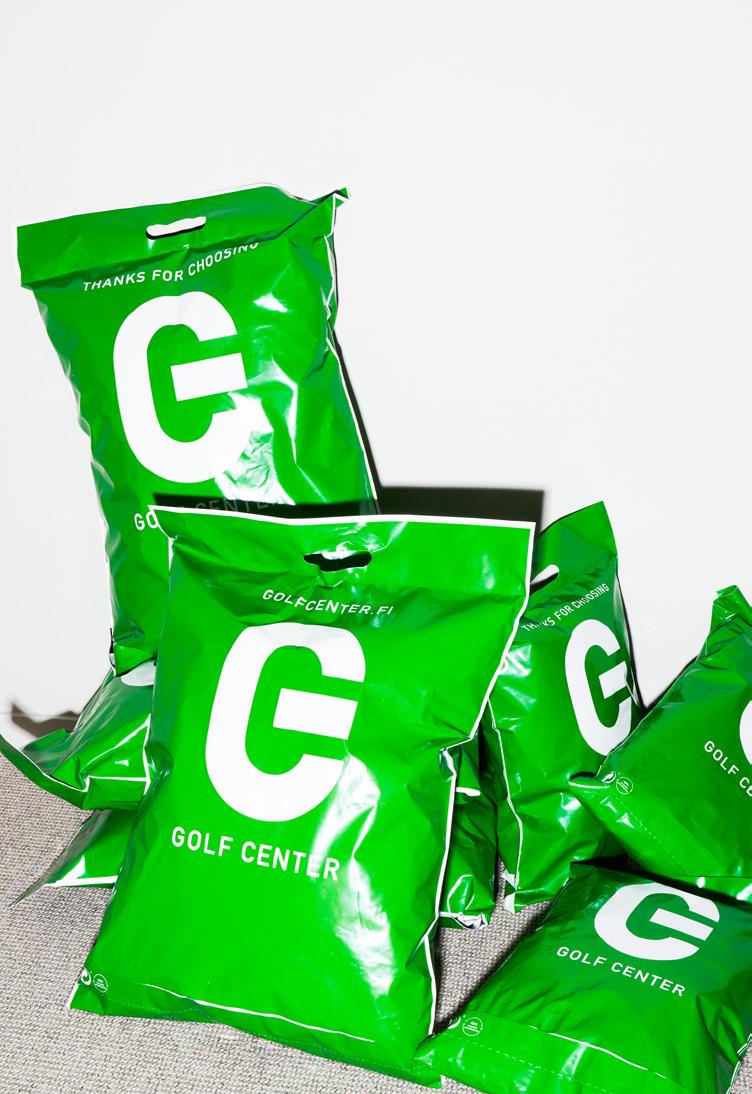
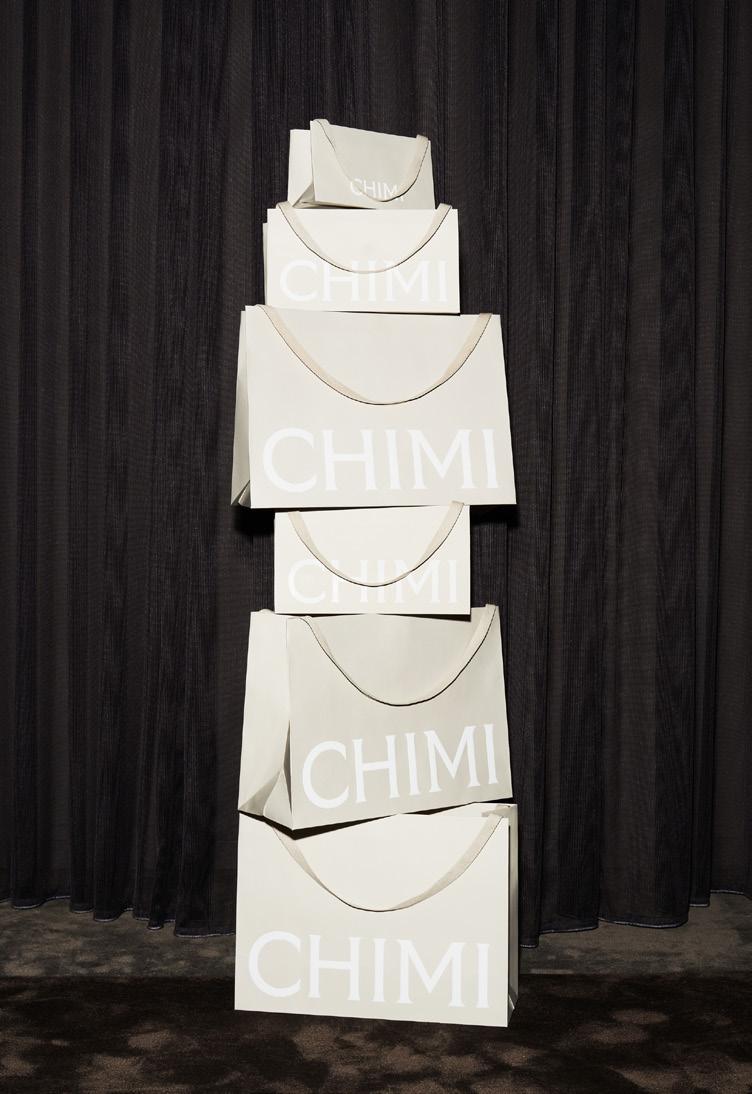
RESPONSIBILITY
We have a Code of Conduct for all our subcontractors and partners. It is a central part of our sustainability work and responsibility towards society, people and the environment. This means ensuring that the working conditions of our suppliers are good and that basic human rights are respected.
CSR-assured factories
We have requirements for our partners, requirements on sustainable values and requirements on quality, working conditions and the environment. We conduct regular supplier assessments and follow up to ensure that the producers live up to our Code of Conduct.
Some of the requirements we set in our Code of Conduct:
The UN's Universal Declaration of Human Rights must be followed.
Wages must at least meet the statutory minimum wage in the country of manufacture.
Child labor is not allowed.
The workplace is safe and promotes worker health.
Discrimination on the basis of gender, skin color, sexual orientation, religious beliefs, disability or other forms of abuse must not occur.
An environmental policy to minimize the negative impact on the environment and the world around us exists and is complied with..
We encourage our suppliers to reduce their own and their products' environmental impact by:
Measuring climate impact and setting emission reduction targets.
Increasing the proportion of recycled products.
Increasing the share of third-party certified products, such as FSC-certified products.
Read
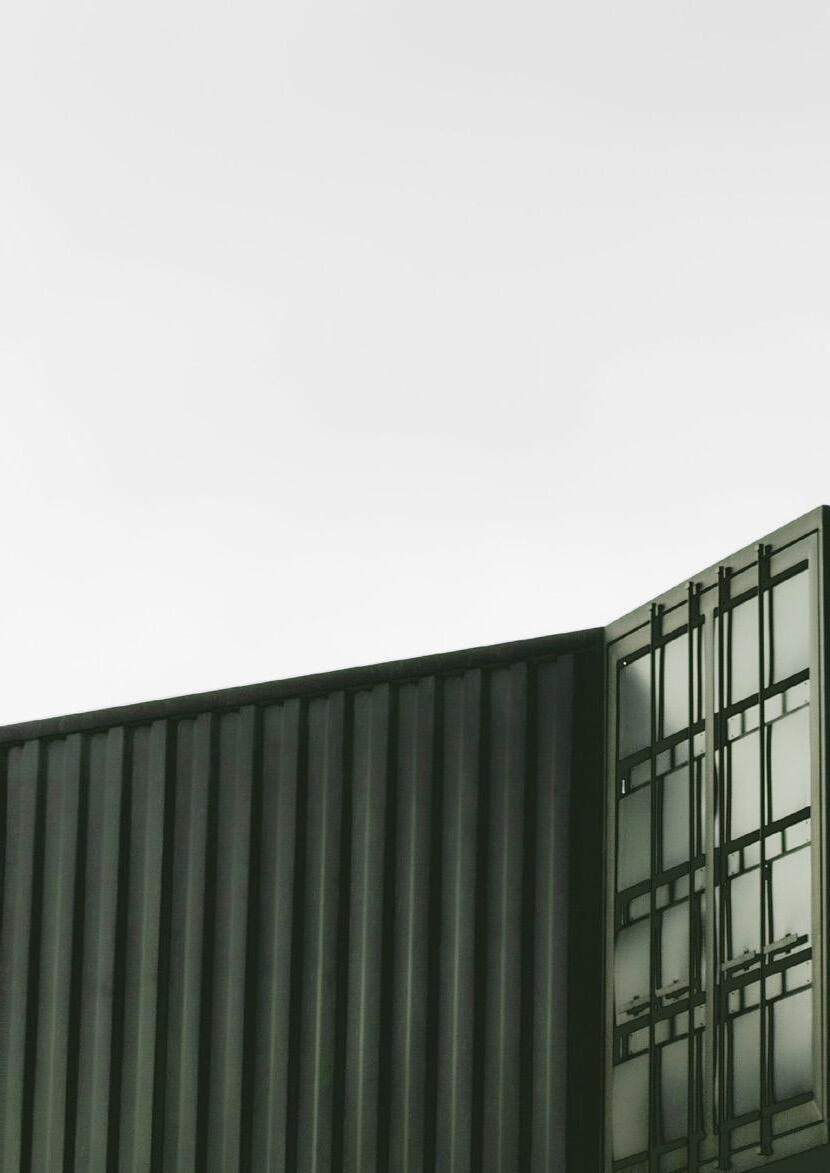
TRANSPARENCY
Through increased transparency, we want to give our customers a clear insight into how we work – from production to delivery. We strive to minimize our environmental impact while ensuring high quality, cost efficiency and flexible solutions. Here we will tell you more about where our products are made and how they are transported.
Where our products are made
Taking responsibility for our production and its impact on the environment and climate is a central part of our business. Below we show our global manufacturing locations (see Diagram 1). By having subcontractors and factories in several regions, we create increased flexibility to choose the most suitable manufacturer for each project.
The majority of our production takes place in Europe. Having 73.5 percent of our production in Europe means shorter transportation distances and allows us to meet our customers' needs for faster deliveries and more locally produced goods.
Diagram 1
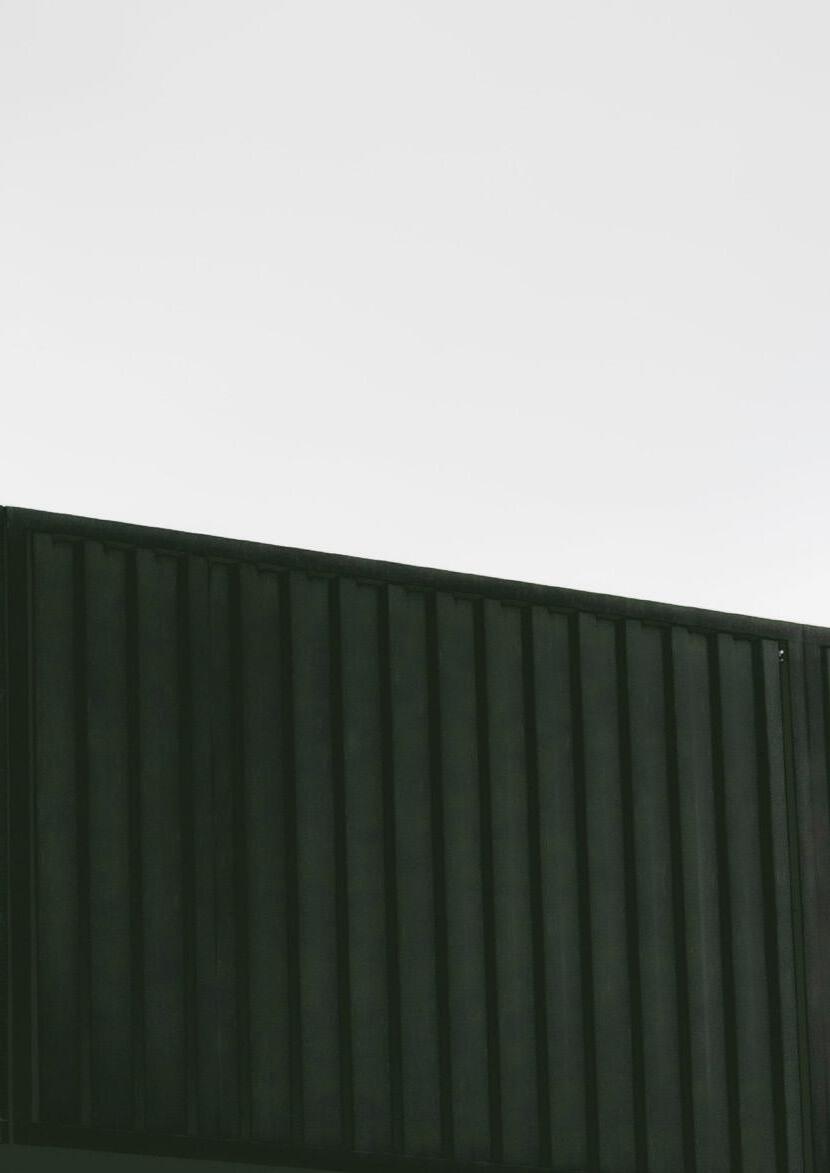
In 2024, the share of production in Asia increased from 9 to 19.5 percent (see Diagram 1). The choice to produce in Asia rather than Europe is often due to the strong expertise in specialized production and high-quality manufacturing that our partners there possess. This specialist expertise enables us effectively to meet the specific and often complex requirements of our customers. In addition, larger production volumes can be managed more cost-effectively, creating a better price picture for our customers without compromising on quality or sustainability.
Our shipping methods
At Avisera, we strive to deliver products to our customers in an efficient, environmentally friendly and cost-effective way. To achieve this, we have chosen a diversified transport strategy that combines air, ship and truck.
When it comes to long distance projects with manufacturing in Asia, it is our ambition to have as much foresight as possible in each project. By having a close dialogue with the customer and having a clear production and delivery plan, we enable our customers to choose sea freight, which takes longer but has a significantly lower climate impact than air freight.
In 2024, 78 percent of our production was transported by truck (see Diagram 2). This goes hand in hand with the fact that the majority of our production was made in Europe, where lorries are the primary mode of transportation.
Diagram 2
CIRCULARITY
Circular packaging requires a holistic approach where material selection, recyclability and resource efficiency play a crucial role. By designing packaging with recycling in mind, we can contribute to a more sustainable use of resources. Here we look at the factors that influence circularity.
Design choices affect the recyclability of packaging
From the moment the idea for a new package is born, it is possible to influence its lifespan and recycling potential7 Should the product be used once or reused hundreds of times? Should it be recyclable, or should it be incinerated?
Clearly labelling the packaging with symbols for the type of material makes it easier for consumers to recycle correctly. Design choices such as choice of materials, color, printing and options also play a role. Here are some examples of how to further increase recyclability :
Design the packaging with materials that are easy to identify
Design the packaging so that it can be easily emptied and flattened
Avoid greaseproof paper.
Reduce the amount of glue and use water-soluble glue.
Inks and printing inks shall be free of mineral oils.
Avoid laminations and foils
For paper products – avoid plastic windows, for example.
Black colored plastic is not recyclable – choose other colors.
Reduce the amount of ink, keep it below 60 percent of the printing surface of the package.
Circular thinking cuts costs
On 1 January 2024, responsibility for the collection of packaging waste in Sweden was transferred from producers to municipalities. The aim of the change is to make recycling more efficient and increase recycling. Since the transition, collection fees have increased significantly and, according to forecasts by the NPA8, they are expected to continue to rise in the coming years.
In addition to recyclability and increased availability of recycled raw materials, the design choices made for bags and packaging have a significant impact on packaging fees. As the fees are based on material selection, recyclability and resource use, companies that prioritize circular solutions can reduce their costs.
7 https://www.researchgate.net/publication/361069471_Packaging_design_for_the_circular_economy_A_systematic_review
8 https://www.naturvardsverket.se/4afba7/contentassets/4d722a616f054819a1c86ef5a6593c22/redovisning-ru-forberedande-kartlaggning-infor-genomforandet-av-eus-forpackningsforordning.pdf
Here are some examples of how buyers can reduce packaging fees:
Mono-materials and recyclability – Single-material packaging has lower charges than those combining several difficult-to-separate materials.
Smaller prints and inks – Fees may increase if the packaging has a large print area or contains materials that make recycling difficult, such as metallic foils.
No laminations or plastic windows in paper products – These options make recycling more difficult and can lead to higher fees.
Increasing the share of recycled raw materials – By using recycled materials, companies can contribute to circular flows and, in some cases, positively influence their fee levels.
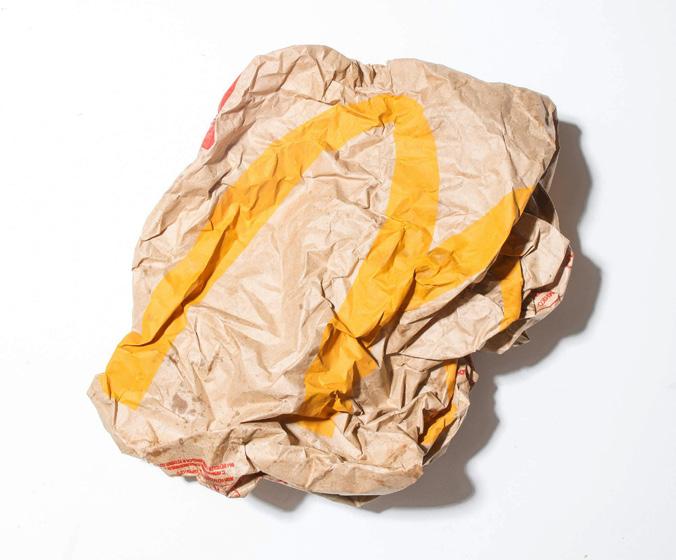
CARBON DIOXIDE EMISSIONS
We measure, analyze and offset annually the carbon emissions from both our operations and our products. Here we will tell you more.
Our approach to carbon offsetting
Since 2017, we have been analyzing the climate impact of the majority of our packaging range, in collaboration with an external sustainability agency. Our climate assessments with a life-cycle perspective calculate CO₂ emissions at every stage of production – from raw material extraction to finished product delivery. The analysis covers material production, transportation, energy use in manufacturing, printing and distribution.
With these insights, we have been able to give our customers a clear picture of the emissions from their productions and offer the option of carbon offsetting or choosing a product with less impact.
We see carbon offsetting as a possible complement to a company's sustainability strategy, but it can never replace direct action to reduce the carbon footprint. Continually measuring, monitoring and working to reduce emissions are all crucial. We continue to offer both carbon calculations and offsets. At the same time, we measure our own operations' emissions and offset them.
Avisera emissions increased in 2024
Since 2007, we have continually measured and offset Avisera's emissions. Certified carbon offsets demonstrate our commitment to be transparent and accountable for our greenhouse gas emissions. Carbon offsetting for Avisera's operations is done through one of GOClimate's climate projects, which distributes sustainable and energy-efficient stoves to families in Kenya.
By carefully measuring our carbon emissions, we have been able to identify the areas of our business that have the greatest environmental impact. In 2024, we observe an increase in emissions from 25 tons to 36.3 tons of CO₂ (see Diagram 1).
According to our analysis, this is due to an increase in the number of business trips by air between our offices in Visby and Stockholm, as well as train trips between Gothenburg and Stockholm (see Diagram 2)
Share of climate-compensated products
In 2024, we offset 78 percent of our customers' production (see Diagram 3). When we offset, we do so with full transparency. For our clients' carbon offsets, we have selected a carefully vetted project that follows the internationally recognized Verified Carbon Standard (VCS)9. Through this, we support a tree conservation project in the Amazon, Brazil – a rainforest that is home to 10 percent of the world's species and is crucial to protect against deforestation.
With this initiative, we are contributing to the UN Sustainable Development Goals and helping to preserve one of the world's most precious ecosystems.
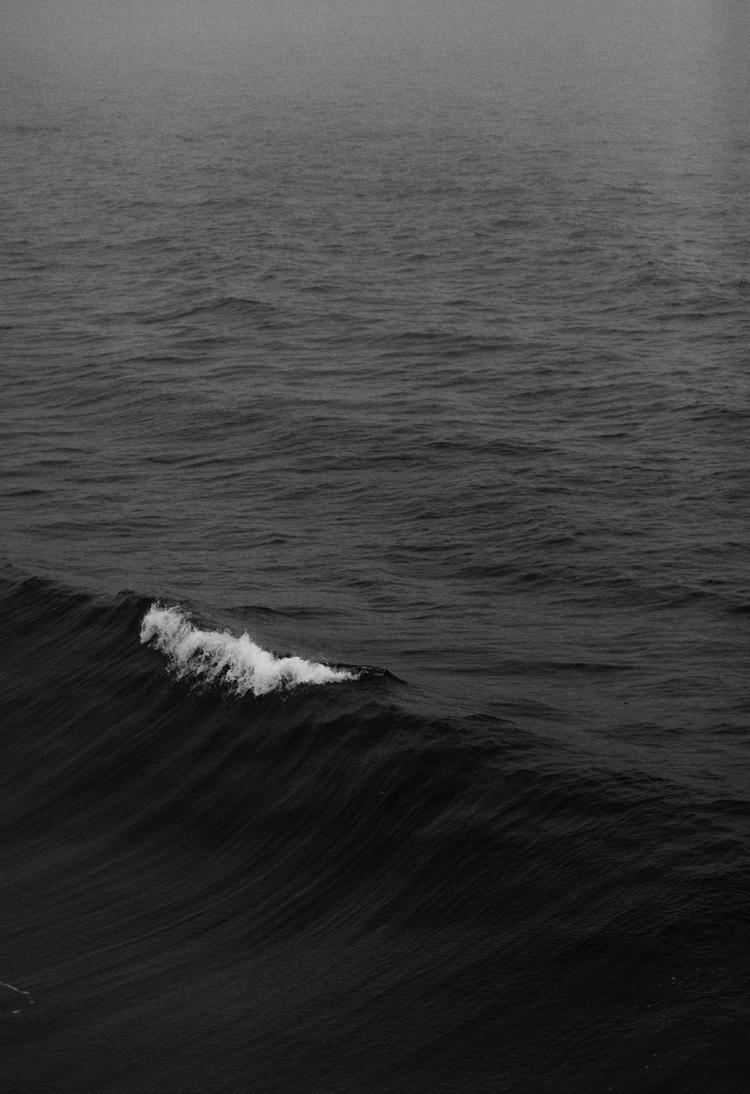
Diagram 1
Diagram 3
Diagram 2
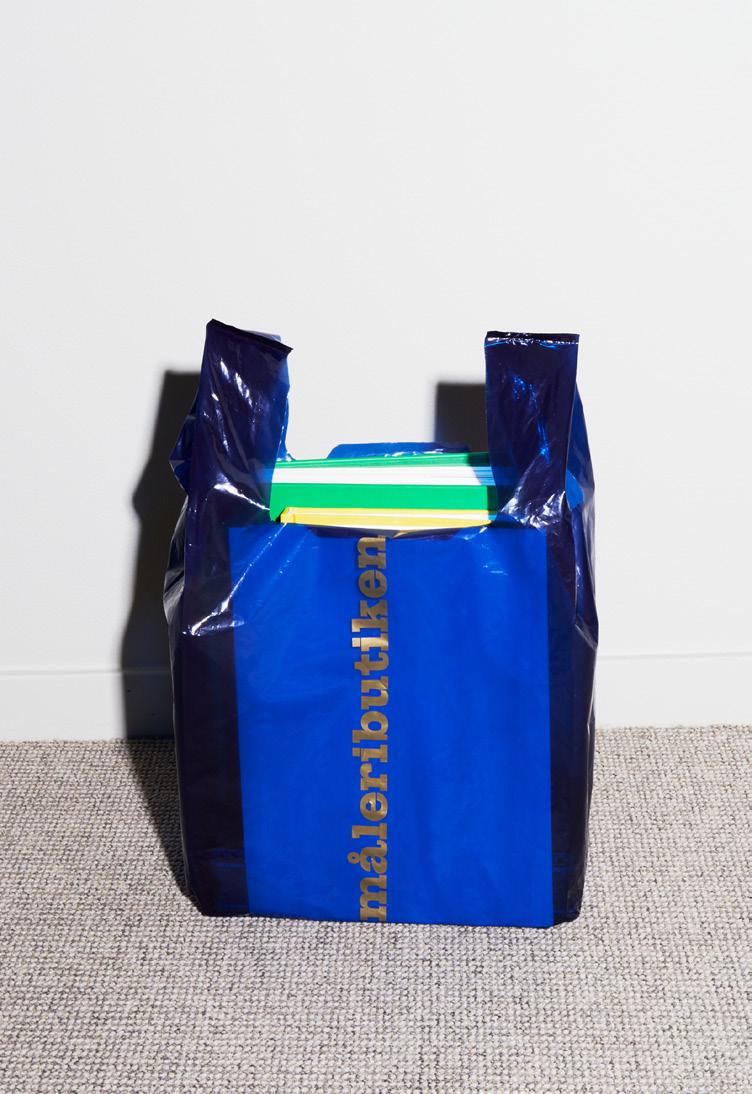
The impact of EU green claims
In 2024, Avisera has taken a proactive decision to phase out our ÅterBära product label. This decision is based on the upcoming EU directives and our own commitment to continuous improvement.
Background: New EU directive for clearer environmental claims
In 2023, the European Commission presented the proposal for the EU Green Claims Directive10, which will ensure that environmental claims in marketing are clear, accurate and verifiable. In early 2024, the Greenwashing Directive was also adopted, which further tightens the rules by prohibiting:
Sustainability labels that are not based on an independent certification scheme or established by a public authority.
Environmental claims that give a misleading overall picture, when in fact they only apply to a specific part of a product or activity.
Generic and vague terms such as 'green', 'sustainable' or 'conscious choice' if they cannot be substantiated.
Phasing out of Återbära
Avisera has always had the ambition of being at the forefront of sustainability. When we launched the ÅterBära product label in 2017, carbon offsetting, carbon calculations and climate analyses with a life cycle perspective were something new and ground-breaking in Sweden. We were the first in the industry to offer our customers insights into the climate impact of products and the possibility to offset their emissions.
Seven years later, in 2024, the world had changed. Now, direct emission reductions are prioritized, while carbon offsetting is seen more as a complement than a main component of sustainability efforts.
Final negotiations on the EU directive are expected to start in 2025, after the new European Commission takes office. In view of the upcoming legislation, in early 2024 we launched a comprehensive sustainability project together with an external expert agency to ensure that our sustainability work is in line with the new regulations.
The decision to phase out ÅterBära is based on two factors:
The new EU directives, which tighten requirements on how environmental claims can be communicated.
Our commitment to continuously develop and improve our sustainability performance
A welcome change
We continue to see carbon offsetting as a crucial tool to measure and raise awareness of climate impacts. We will continue to offer analysis of the carbon footprint of our products and measure the emissions of our own operations. The new EU directives are a welcome development that strengthens the credibility of the industry and consumers’ confidence. For Avisera, they represent an opportunity to develop even more transparent and value-creating sustainability solutions for our customers.
We are confident that this change will strengthen our sustainability efforts and contribute to a more sustainable future.
10
Carbon dioxide emissions at product level
Today, businesses are faced with a variety of sustainability options and choices when it comes to packaging, with each product having its pros and cons. We guide our customers to choose the options that best meet their sustainability goals and needs. Below we take a closer look at some of our products' carbon emissions.
The path to sustainable choices
Part of being a production partner is to guide and support our customers in making the right choice when it comes to purchasing packaging. The answer to which is the most sustainable product or material can vary for different companies and is usually the option that best corresponds to the customer's sustainability goals and needs. If the aim is only to use materials from renewable sources, the choice falls on a certain type of material. On the other hand, if the goal is to reduce the carbon emissions of the business, the choice of materials can be completely different, with lower carbon emissions
The carbon footprint of different bags
We have compared the carbon emissions of different bags to illustrate the differences between them. The calculations are based on medium-sized bags produced both in Europe and Asia and transported by truck and ship respectively (see Diagram 1).
Plastic and polyester carrier bags generate the lowest number of grams of CO₂ emissions per bag, while cotton bags have the highest CO₂ emissions per bag. However, to determine which type of bag is the most sustainable, different aspects need to be taken into account. Carbon dioxide emissions are only one aspect and one sustainability parameter among many that are considered in the decision.
Our recommendations are always based on the objectives of each client. Is it important that the material come from renewable and fossil-free sources (such as cotton, paper, or jute), that it has lower water consumption during production (jute), or that the bag has low carbon emissions (non-woven, woven, polyester or plastic)?
This is how much carbon dioxide emissions your e-commerce packaging has
We also compared the carbon emissions from several types of e-commerce packaging (see Diagram 2). The calculations focus on outer packaging and include three different options: a paper e-commerce bag, a plastic e-commerce bag, and a corrugated box. All these packages are medium-sized, made in Europe and shipped by truck.
Plastic packaging generally has lower carbon emissions than paper packaging, but both materials have their sustainability advantages. The plastic e-commerce bag is energy efficient to produce and has the lowest emissions in comparison, while the paper alternatives come from renewable sources and can help reduce dependence on fossil resources. The corrugated box has the highest emissions due to higher gram weight and more material used but serves another purpose as it can protect fragile or heavy goods in a unique way.
In summary, the choice of product depends on a number of factors, such as the characteristics of the material, transportation needs, recycling possibilities and a company's sustainability goals. There is no one-size-fits-all solution – in many cases, a combination of different packaging types is the most sustainable choice. By adapting packaging to their purpose and needs, companies can both optimize resource use and minimize their climate impact.

Diagram 1
Diagram 2
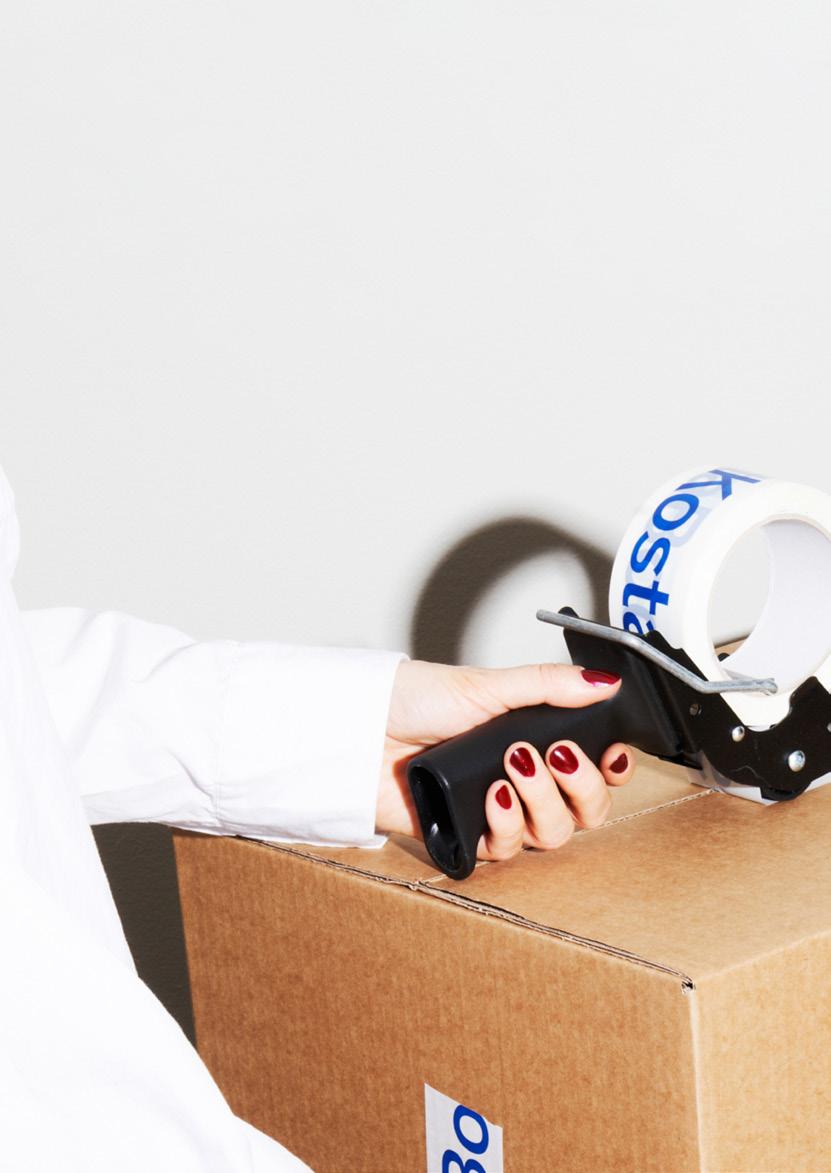
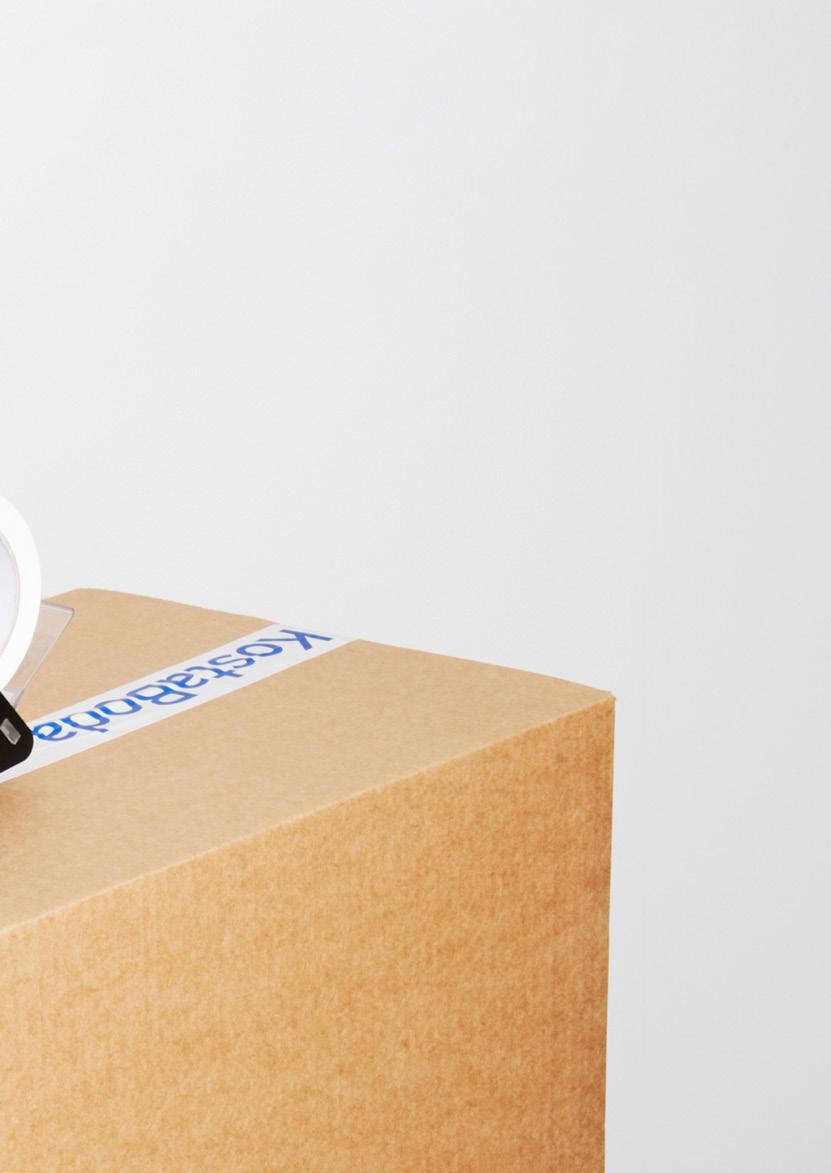
Packaging tape made from recycled plastic
The packaging industry is facing an important challenge – reducing plastic use and climate impact. At Avisera, we are constantly working to find more sustainable alternatives, and in 2024 we were the first in Sweden to launch a packaging tape made from 80 percent recycled plastic.
Packaging tape made from recycled plastic reduces CO₂ emissions
Reducing the use of virgin plastics is an important part of the transition to more circular packaging solutions. In 2024, we took a big step forward by launching a packaging tape made from up to 80 percent recycled post-industrial plastic. The recycled plastic tape offers more environmental benefits than traditional packaging tape and the new material is now standard for five of our six types of PP tape.
Post-industrial recycling
Avisera's recycled packaging tape is made from collected plastic from factory waste – material that would otherwise have gone to waste. Through a process where the plastic is melted down and transformed into new, durable tape, the material is given a new life.
The packaging tape, made from 80 percent recycled plastic, provides carbon savings of 72 percent compared to traditional PP tape. For example, on an annual consumption of 5 000 rolls, this means a reduction of around 3.6 tons of CO₂ emissions.
Despite the high percentage of recycled material, the tape retains the same high quality, printability and durability as traditional packaging tape. It is as strong and durable as traditional tape and ensures safe transportation of goods.
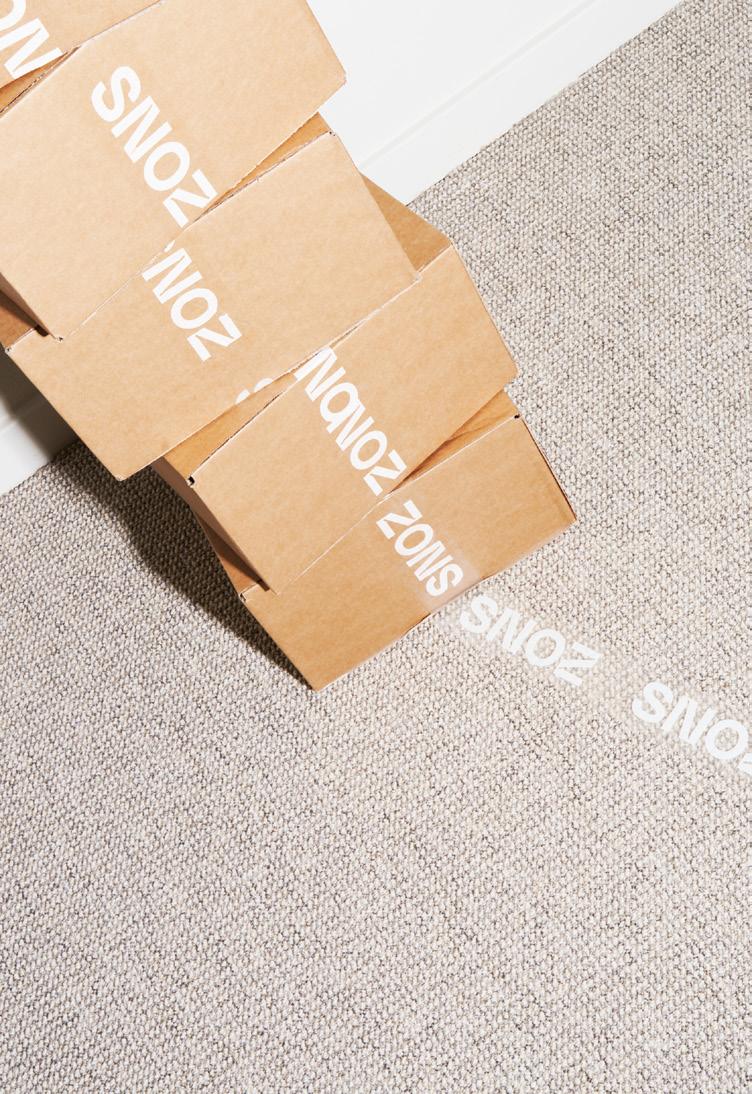
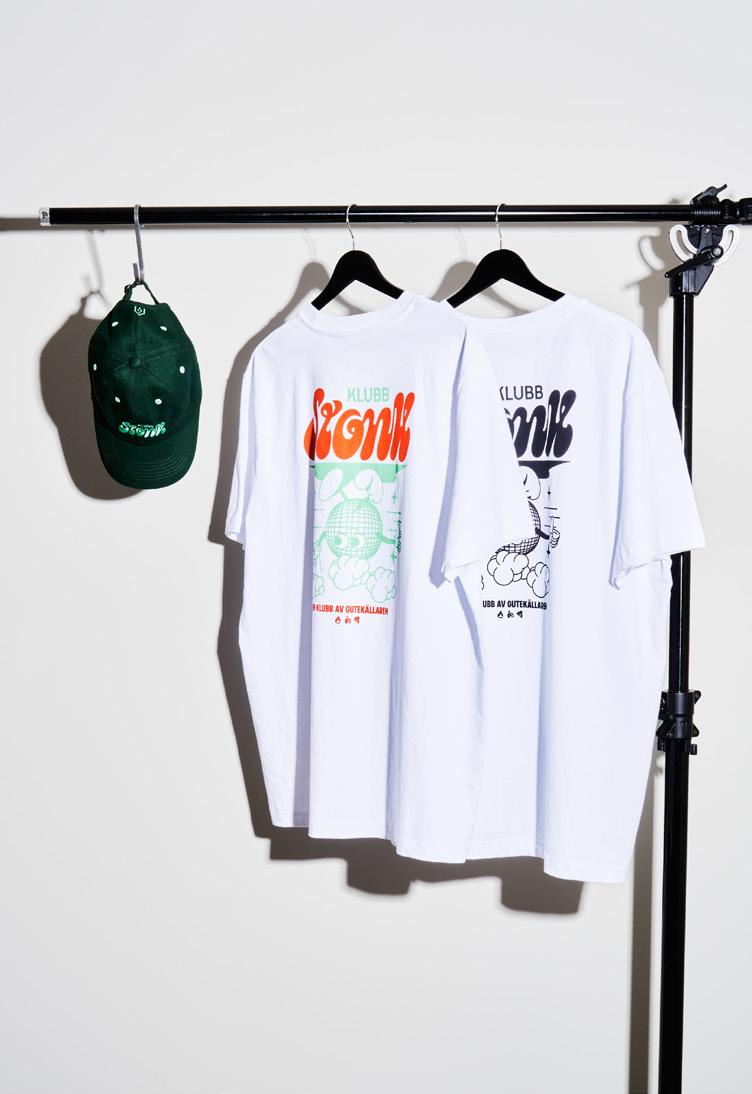
SUSTAINABLE MERCH
– DOES IT EXIST?
In 2024, we added merchandise to our product range. Promotional products and merchandise have long been a central part of brand communication, but the segment can also face legitimate criticism. As an industry player, we are aware of the challenges and are taking responsibility by making more thoughtful choices in our product range.
Challenges faced
Unlike our range of packaging, bags and printed matter – where we have extensive relationships with suppliers and factories and can measure and track climate impact – the promotional products market is fragmented, with hundreds of thousands of players globally. This makes traceability and control of the carbon footprint of products more challenging.
Many merchandising and promotional products are produced in large volumes, have a short lifespan and contribute to unnecessary resource use. We are aware of the challenges and are taking responsibility by making more thoughtful choices in our product range.
Our strategy
At Avisera, we are actively working to create a more sustainable approach to merch. For us, it is about offering hand-picked products that people actually want to keep and use.
Our strategy is based on four principles:
Less but better – A selective range of products
The right product for the right business – we help customers choose smarter
Long life – High quality for increased use.
Accurate orders – Reduce overproduction and waste.
By ensuring that the merchandise complies with applicable legal and regulatory requirements and that products are made from responsibly sourced materials with relevant eco-labels, we aim to make merch a more sustainable part of our customers' brand strategies. It is not just about choosing the right products – but making fewer, but better choices.
FSC CERTIFICATION
We want to encourage more people to choose sustainable and traceable paper. Choosing FSC-labelled paper products supports responsible forest management that complies with FSC's strict rules. This helps to preserve biodiversity, protect animal habitats, preserve older trees, prevent deforestation, and ensure the rights of indigenous peoples and safe working conditions with fair wages for workers.
FSC certification – continued robust growth in Sweden
FSC stands for Forest Stewardship Council ® and is an independent, international membership organisation11 and one of the most established eco-labels for paper products. Only certified companies such as Avisera, which comply with FSC requirements for responsible forest management and traceability, can use the label.
FSC is one of the most common eco-labels used on all types of paper products. In 2024, the number of companies choosing FSC-certified products increased further, and Sweden has now climbed to become the world's second largest country in terms of FSC-certified forest area.
The importance of choosing FSC
Avisera was one of the first packaging companies in Sweden to become FSC certified in 2012 and has since been at the forefront of sustainable forestry. Each FSC-labelled product has a license number that helps to verify that the manufacturer has a valid certification and that the wood comes from a traceable chain of responsible forest management.
In 2024, we could ensure that 91 percent of all our paper products were made from FSC-certified paper. We are proud that this year we are also maintaining a high proportion of FSC-certified paper production. Choosing paper from sustainable forestry is becoming increasingly important as the consumption of paper raw material increases. By encouraging the use of FSC-certified paper, we can ensure that we are helping to preserve forests for future generations.
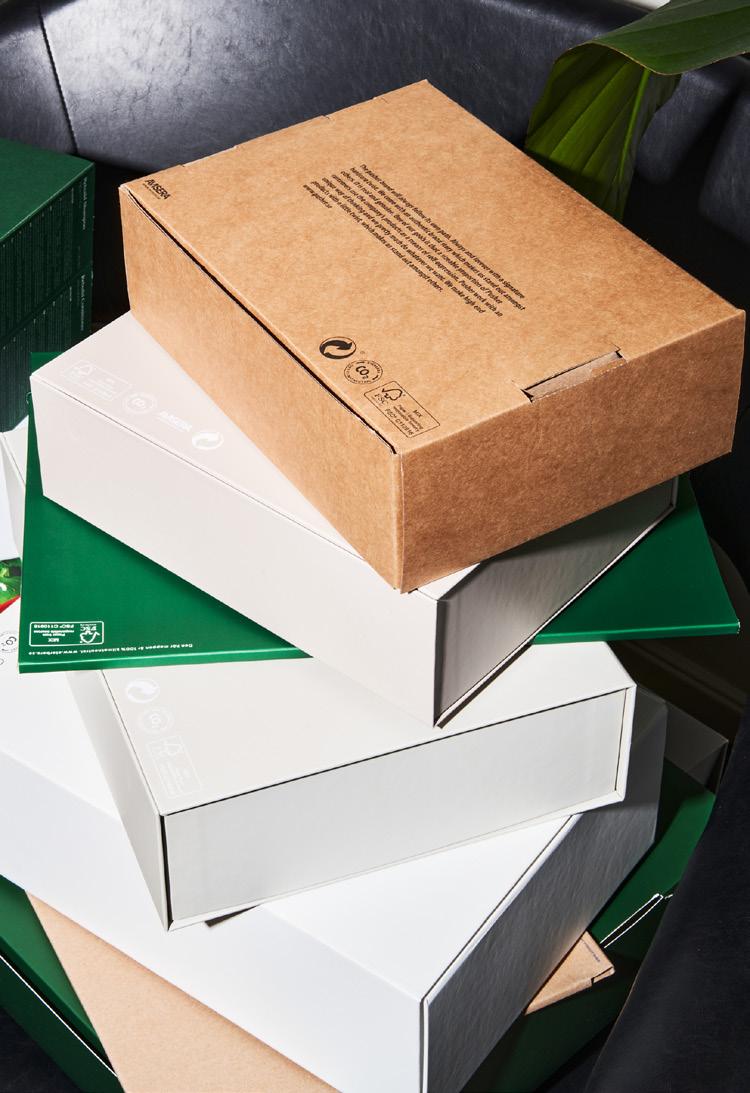
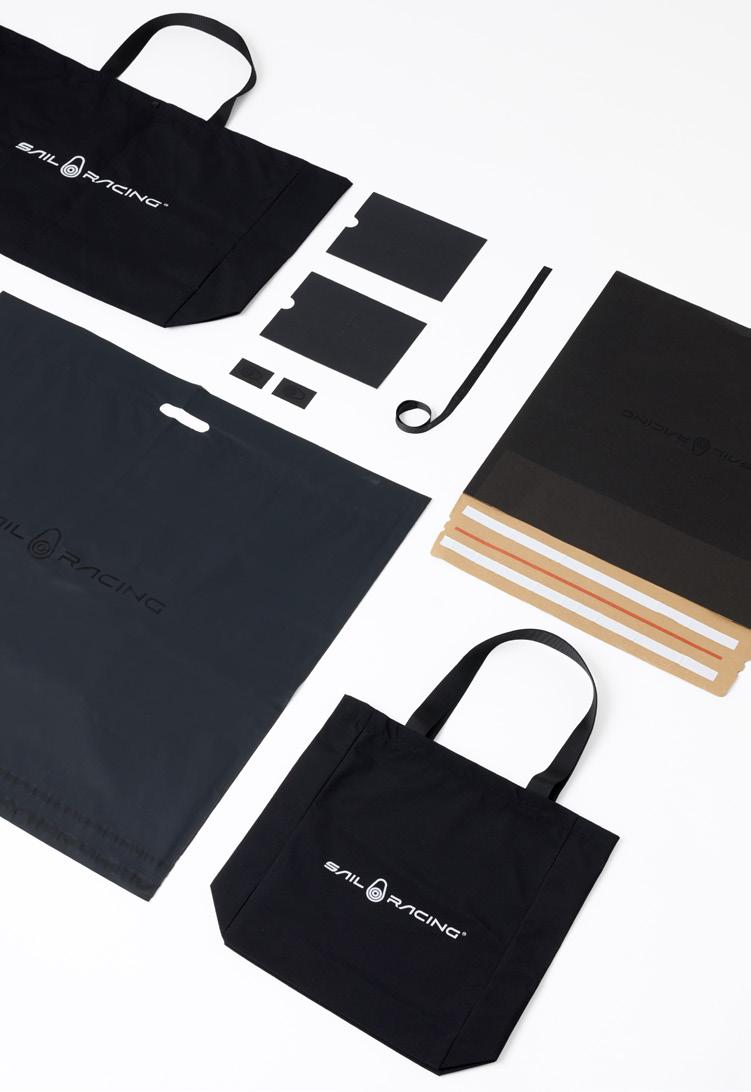
CERTIFICATES
A summary of Avisera's certifications and their implications. By means of these certifications, we demonstrate our commitment not only to meet our customers' expectations, but to exceed them.
FSC certificate
Since 2012, we have been FSC certified. This certification is awarded to organizations that work to ensure sustainable forestry and improved working conditions for forest workers worldwide. Our license number, FSC®-C110916, is a symbol of our committed efforts and a reminder of our shared responsibility for a healthier future.
ISO certificate
Our management system for environment, work environment and quality is certified according to ISO 9001, ISO 45001 and ISO 14001 – a dedicated effort that acts as a guarantee of our commitment to develop and improve our environmental, health and safety and quality performance.
Climate compensation
We carbon offset both our operations and our products. We constantly strive to reduce our emissions. By compensating, we not only take care of our own emissions, but we also invest in projects that create positive change in places that need it most.
If you want to read more about Avisera's sustainability work, visit Avisera.se.

Showroom: Stockholm, Gothenburg and Visby
Follow: @byavisera for inspiration and product news Get in touch: +46 8-506 250 00, hello@avisera.se
